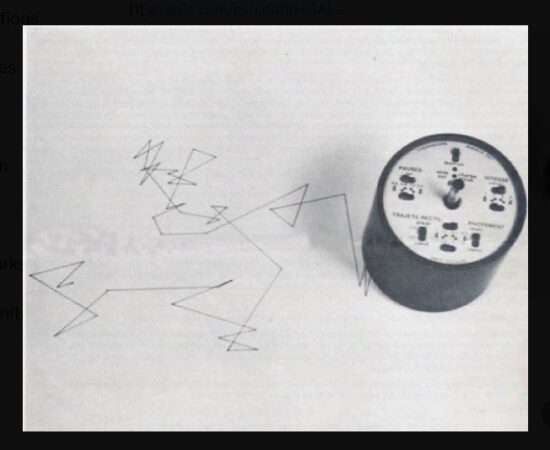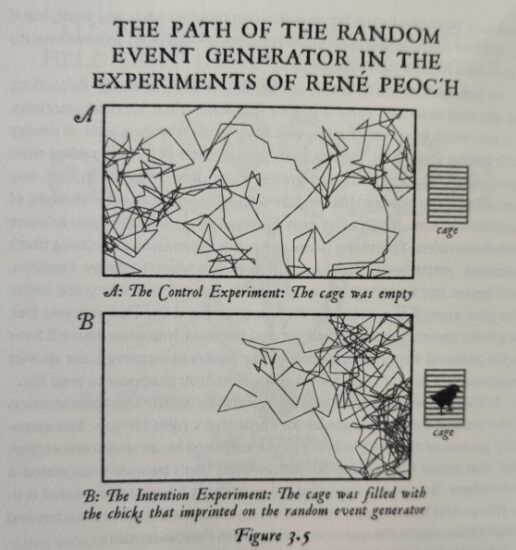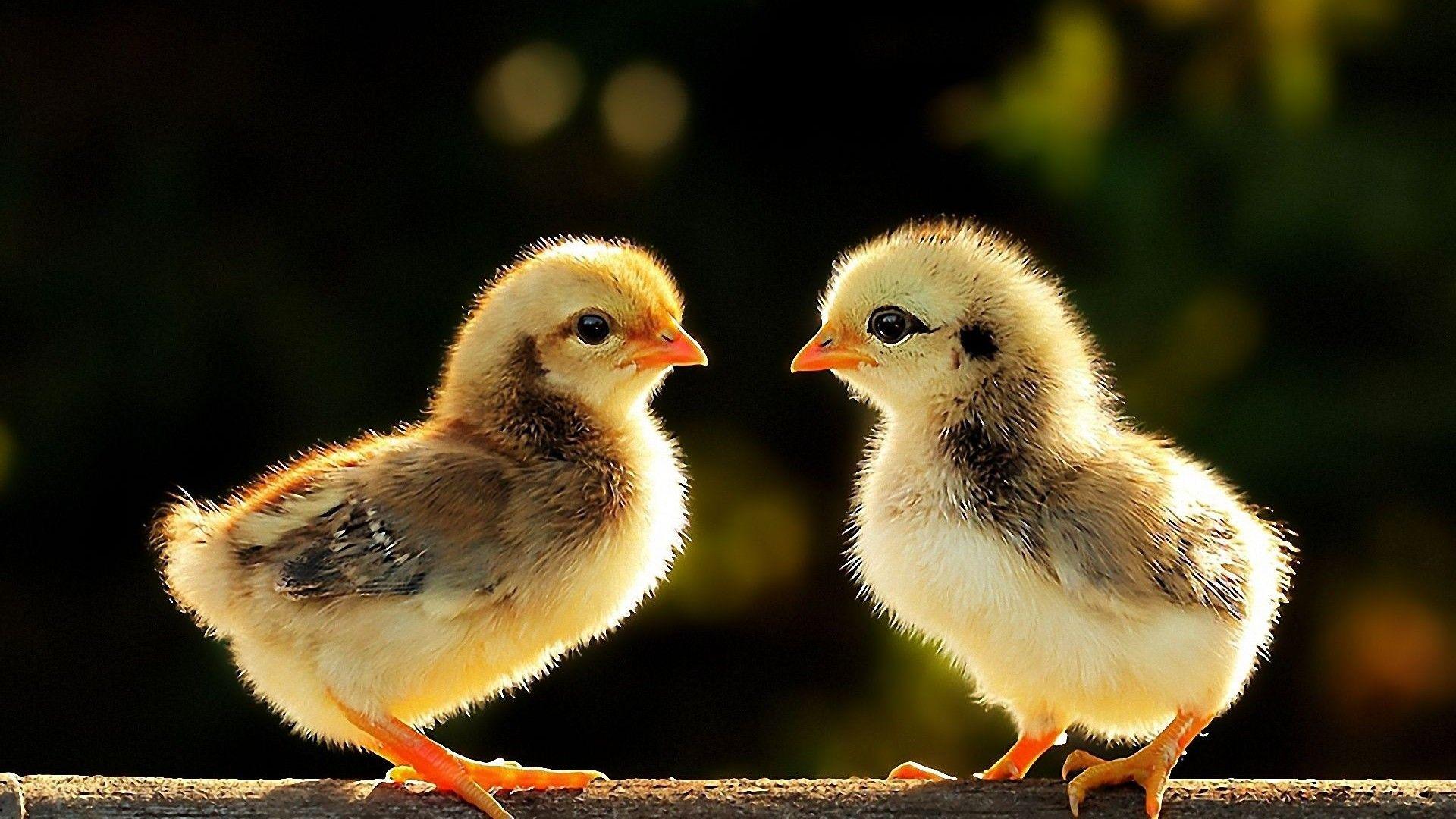Dr. Rene Peoc’h and the Evidence of Mind Over Matter
Dr. René Peoc’h, a pioneering French parapsychologist and physician, dedicated much of his career to exploring the boundaries between consciousness and physical reality. Born in the early 20th century, Peoc’h’s work delved into psychokinesis—the purported ability of the mind to influence objects or events without physical interaction. His most famous series of experiments, conducted in the 1980s, involved young chicks and a seemingly innocuous robot, challenging conventional scientific paradigms. These studies, first reported in 1986, aimed to demonstrate how intention could bias random physical processes, drawing from earlier research on micro-psychokinesis (PK) effects on random number generators. Peoc’h’s chick experiments stand as a cornerstone in parapsychological literature, blending ethology, statistics, and metaphysics to probe whether non-human animals possess subtle forms of intentional influence.

The experimental apparatus was ingeniously simple yet rigorously controlled, designed to isolate potential psychokinetic effects. At the heart was a small, mobile robot—dubbed a “tychoscope” in some accounts—equipped with a light source, such as a candle, and programmed to move randomly in a darkened arena. Its path was determined by a random event generator (REG), akin to a coin flip, directing it left or right with equal 50% probability, ensuring unbiased exploration of the space. The arena was divided into two halves, with the chicks’ observation cage positioned on one side, allowing visual contact but preventing physical interference. Control runs were conducted with an empty cage, establishing a baseline where the robot uniformly covered the entire area over multiple trials. Peoc’h conducted over 80 experimental runs, each involving groups of 15 one-to-seven-day-old chicks, to amass statistically robust data.

Central to the protocol was the imprinting phase, a natural behavioral phenomenon in precocial birds like chicks, where hatchlings form an immediate bond with the first moving object they encounter—typically their mother. Shortly after hatching, the chicks were exposed to the robot in the arena, encouraging them to follow it as if it were a parental figure. This created a strong emotional drive: the chicks’ innate desire for proximity and protection. Once imprinted, the chicks were gently relocated to the adjacent cage, where they could observe the robot’s movements but remain separated by a barrier. From this vantage, their focused attention—manifested through distress calls and orienting behaviors—allegedly exerted influence on the REG, subtly skewing the robot’s trajectory toward their location. This setup mirrored real-world imprinting dynamics while introducing a quantifiable test of intentional deviation from randomness.
The results were striking and defied chance. In control trials without chicks, the robot’s paths adhered closely to expected random distributions, lingering equally in both arena halves. However, with imprinted chicks present, the robot spent disproportionately more time—up to 71% of trials—in the half nearest the cage, effectively “attracted” toward them. Detailed analysis revealed that turns toward the chicks occurred in 75% of instances, compared to just 25% away, a deviation far exceeding probabilistic norms.
Statistical evaluations, including chi-square tests, confirmed significance at levels below 0.001, ruling out environmental confounds like air currents or magnetic fields. Peoc’h’s comprehensive dataset from 80 groups underscored the consistency: the effect strengthened with stronger imprinting bonds and diminished when chicks were distracted or fatigued. These findings suggested that the chicks’ collective intention acted as a non-local force, perturbing quantum-level randomness in the REG to favor proximity.
Peoc’h’s chick experiments ripple through contemporary discussions on consciousness, intention, and manifestation, inspiring both skepticism and wonder. Critics argue alternative explanations, such as subtle sensory cues or experimental artifacts, but replications and meta-analyses in parapsychology have lent tentative support. For Peoc’h, the work illuminated a universal principle: focused desire, even from simple minds, might shape reality’s probabilistic fabric, echoing quantum observer effects. Today, these studies inform fields from biofeedback to quantum biology, reminding us that the line between mind and matter may be more porous than assumed. As we navigate an era of AI and neural interfaces, Peoc’h’s chicks whisper a profound question: if hatchlings can nudge machines with mere longing, what untapped potentials lie within us?

